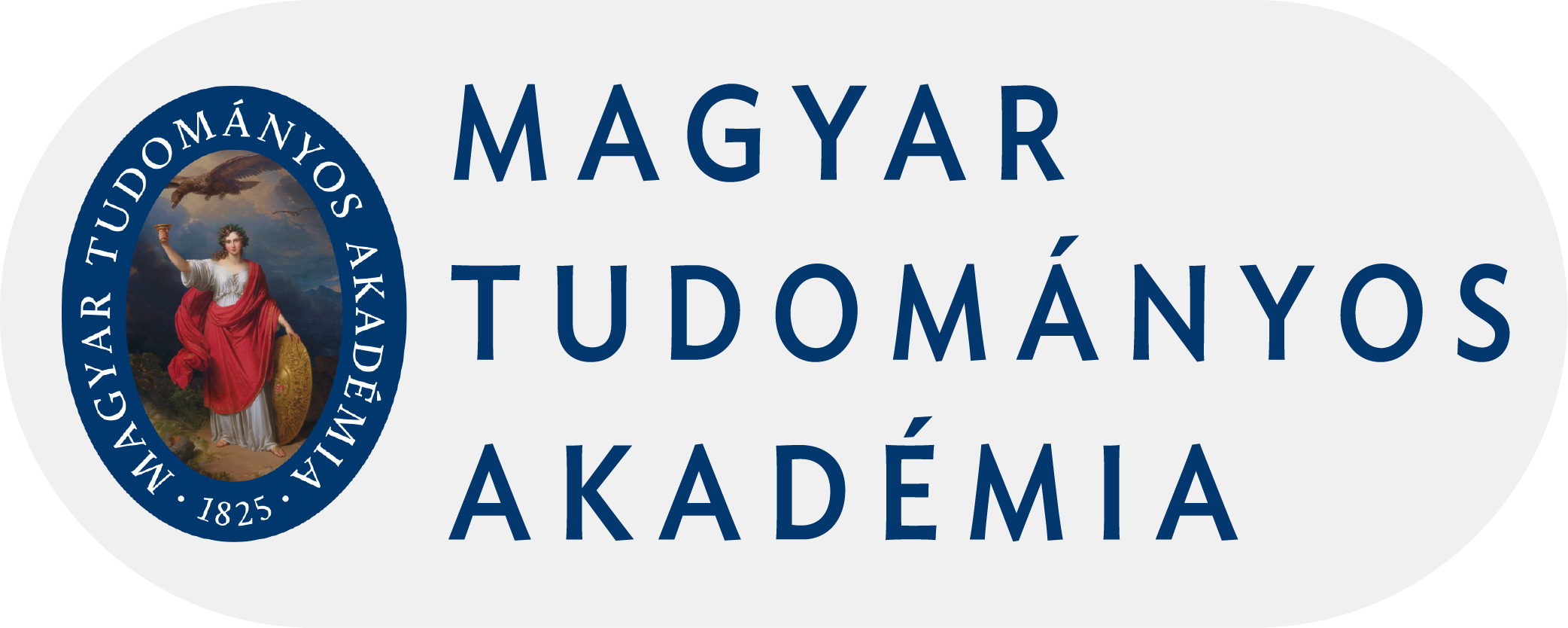Search
Search Results
-
ANALYSIS OF CONSUMER BEHAVIOUR IN THE EUROPEAN POULTRY MEAT MARKET
Views:257This research has also confirmed that poultry meat is currently in its golden age, not only in our country but also globally. The beneficial physiological effects of poultry meat, its nutritional value (high protein content), and its role in modern nutrition and diets have made it the most popular and 'fashionable' meat product of our time. Healthiness as a megatrend has favoured the consumption of poultry meat, which has been consumed for decades, and is reflected in the growth in production, trade and consumption. The trend of environmental awareness has also pushed the meat market towards the consumption of poultry meat as it is one of the least environmentally intensive compared to other meat types. Poultry meat is the second most commonly consumed meat in the EU, but in some European countries, it has taken over the overall lead (e.g. Hungary, Cyprus, and the UK). Poultry is not only preferred for its healthiness and low environmental impact, it is also an easy, versatile, quick-to-prepare, cheap source of protein. These advantages are expected to lead to further growth in the future in terms of production, trade and consumption, China, the US, the EU and Brazil dominate the poultry sector.
-
TRENDS IN HONEY CONSUMPTION AND PURCHASING HABITS IN THE EUROPEAN UNION
Views:247Honey is a staple food of animal origin, with many beneficial properties, so the study of consumption and purchasing habits is an important issue. The main aim of our research is to present the market situation and conditions of the domestic beekeeping sector from the consumer's point of view. We considered it appropriate to present the beekeeping market because the European Union is the second largest honey producer in the world and Hungary is the largest honey producer in the EU. Thus, global and EU trade changes, market trends and changes in consumer habits are significant factors influencing the domestic situation. The market situation is presented through a review of the relevant domestic and foreign literature, and statistical databases (EU Member States' honey programmes, KSH, OMME, Statista databases and reports) are analysed. The research aims to find out the direction of honey consumption and purchasing patterns and trends in European honey consumption. We chose an online questionnaire survey method to assess consumption and purchasing habits in Hungary and present the results in comparison with similar Hungarian studies. To analyse the situation in Europe, we have collected and analysed relevant research reports, primary and secondary studies from several EU countries. Finally, the data from each country are compared, highlighting similarities and differences.
-
Global tendencies in pork meat - production, trade and consumption
105-111Views:1552World meat production is anticipated to stagnate in 2016, rising by a mere 0.3% to 320.7 million tonnes. Increases in output are expected in the United States, Brazil, the EU, India and the Russian Federation, while reduced production is foreseen for China, Australia and South Africa. Global meat trade is forecast to recover in 2016, growing by 2.8% to 30.6 million tonnes, which would represent a return to trend, after a fall in 2015. World production of pig meat in 2016 is forecast to decrease marginally, by 0.7% to 116.4 million tonnes, thus registering a second year of virtual stagnation. As in 2015, lower output in China, which accounts for almost half the world total, is the main reason for the slowdown. An unfavourable feed-pork price ratio in the country and new environmental regulations have caused farmers to reduce breeding sows, stalling growth. China’s production is projected to be 54 million tonnes, down 2.5% from the previous year. Elsewhere in Asia, the Philippines and Vietnam could boost output. Also, production in Japan and the Republic of Korea may expand, as the industry recovers from outbreaks of PED, which reduced piglet numbers in the previous two years. Recovery from the effects of PED has been faster in the United States, where a second year of growth is anticipated, when production could increase by 1.9% to a record 11.3 million tonnes. Output in Mexico also continues to recover, following a PED outbreak in 2014, and may rise in 2016 by 2.0% to 1.3 million tonnes. Pork meat trade could experience a second year of growth, increasing by 4.4% to 7.5 million tonnes – a record level. Lower international prices have stimulated trade. Most of the principal importing countries are anticipated to increase their purchases, including Mexico, China, the Russian Federation, the United States, Japan, the Republic of Korea and Australia. In response to rising demand, exports are projected to grow, in particular those of the United States, Canada, the EU and Brazil (FAO, 2016). Summarizing, in this study we wish to examine how evolve the world pork meat production, trade and consumption, and to demonstrate the main consuming countries, highlighting the role of China, as it is the most populated country in the world with its 1.4 billion inhabitants.
JEL Code: Q13, Q12
-
Food waste in EU countries
Views:392The biggest challenges of our time include meeting the demand growth resulting from the explosion in population growth and achieving sustainable management. In terms of food, the most significant problem is, on the one hand, that a large part of the population is hungry and, on the other hand, excessive food waste, which results not only in wasted food but also in wasted resources used for its production, transport, packaging and storage. Do to this the unconsumed food has a profoundly negative impact on the environment and the economy. There is a pressing need to prevent and reduce food waste to transition to a resource-efficient Europe. In this study, we would like to show how food waste changes in different countries, focusing on Europe. Our results show a significant discrepancy between Member States' data and where waste is generated. We find no significant correlation between GDP per capita and total food waste, but we find a moderately strong correlation between GDP per capita and restaurant waste at the point of generation.
JEL code: M21
-
Pork production and consumption issues from the perspective of the religion and the World's growing population
121-128Views:481In this article we would like to present the production and consumption issues of pork meat in the world. We intend to examine the production and consumption of pork meat from the point of view of the population. The growing population of the world requires an increasing amount of food, especially animal source of protein, ie meat. We want to examine how the world can supply the growing population with food, including (pork) meat. The growing population generates ever-increasing consumption from year to year, and may not be able to satisfy it, adequately supplying the population with food, especially (pork) meat. Livestock farming, especially extensive animal husbandry, will be less able to produce sufficient quantities of meat for the growing needs.
During the analysis of food (meat) data we would like to present the difference between each continent on both the production and the consumption side. Examining the pork consumption, it should be mentioned the differences in the cultural habits, because the pork meat is the most affected in religious restrictions, regulations. The religious affiliation/identity is basically determined by the food and consumer habits, too. Due to the differences in dietary habits and religious culture, we think that the consumption of pork can be highly variable in the world and from country to country as well.
In general, we would like to answer questions about how the world (pork) meat production is going, is the meat consumed in the countries where it is produced (export – import issues), what are the factors that influence (pork) meat consumption (culture and religion impact on pork consumption, animal health issues), and is there enough (pork) meat for the world's growing population.
JEL code: P46, Q18, Q56
-
MOTIVATION AMONG EMPLOYEES IN MULTINATIONAL CORPORATIONS
Views:298Nowadays motivation plays a huge role amongst employees especially when we relate it to people working in multinational companies for example Pepsi, Coca Cola, Nescafe and many more. Motivation is a topic that relates to all of us. It is very essential for employers to seek and recognize what motivates an employee. Many people underestimate the benefits and importance of human resource management in their businesses or day-to-day life. When we talk about human resource management, we are talking about human capital. Human capital emphasises the ability, skills, and the personality of the person you are trying to recruit or employ. In this study, we wish to analyse the importance of how motivation stands out in employees in different types of offices/workforces. The different aspects in multinational corporations show different characteristics.
-
Consumer attitudes and preferences about the pork meat in Hungary (based on cluster analysis)
151-158Views:262In my study I wish to investigate the fact that how the pork consumption of Hungary changed during the last years. This study focuses on consumer’s attitudes about (pork) meat, what do they think about the healthness of the different meat type, what are the strengths and weaknesses of pork meat, what are the main features of good quality pork meat, what are the major pork purchase influencing factors and what are the favourite food of the respondents from pork meat etc. Then I analyze the tendency of these values (cross tabs, bar/pie charts, means, Chi-square), where can be found significant differences, and make a cluster analysis to identify the pork consumers in Hungary.





